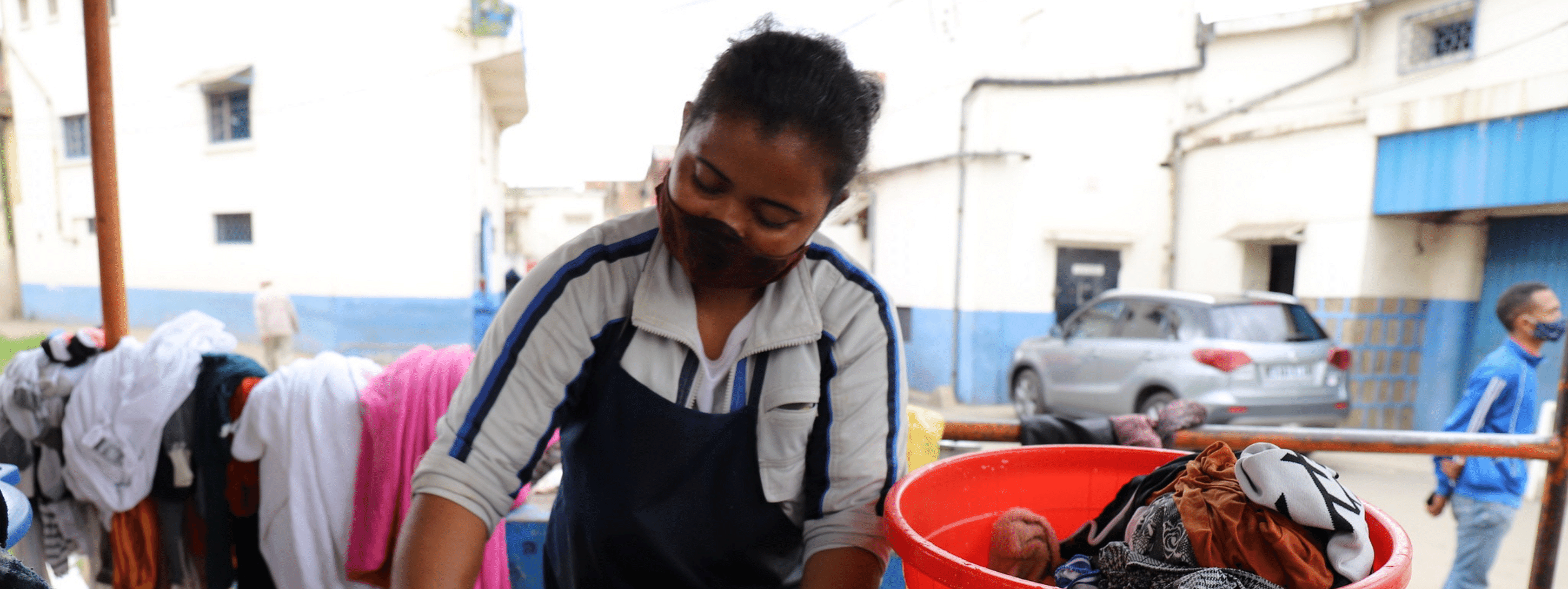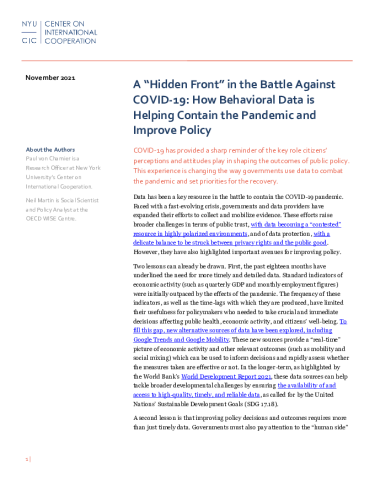COVID-19 has provided a sharp reminder of the key role citizens’ perceptions and attitudes play in shaping the outcomes of public policy. This experience is changing the way governments use data to combat the pandemic and set priorities for the recovery.

Data has been a key resource in the battle to contain the COVID-19 pandemic. Faced with a fast-evolving crisis, governments and data providers have expanded their efforts to collect and mobilize evidence. These efforts raise broader challenges in terms of public trust, with data becoming a “contested” resource in highly polarized environments, and of data protection, with a delicate balance to be struck between privacy rights and the public good. However, they have also highlighted important avenues for improving policy.
Two lessons can already be drawn. First, the past eighteen months have underlined the need for more timely and detailed data. Standard indicators of economic activity (such as quarterly GDP and monthly employment figures) were initially outpaced by the effects of the pandemic. The frequency of these indicators, as well as the time-lags with which they are produced, have limited their usefulness for policymakers who needed to take crucial and immediate decisions affecting public health, economic activity, and citizens’ well-being. To fill this gap, new alternative sources of data have been explored, including Google Trends and Google Mobility. These new sources provide a “real-time” picture of economic activity and other relevant outcomes (such as mobility and social mixing) which can be used to inform decisions and rapidly assess whether the measures taken are effective or not. In the longer-term, as highlighted by the World Bank’s World Development Report 2021, these data sources can help tackle broader developmental challenges by ensuring the availability of and access to high-quality, timely, and reliable data, as called for by the United Nations’ Sustainable Development Goals (SDG 17.18).
A second lesson is that improving policy decisions and outcomes requires more than just timely data. Governments must also pay attention to the “human side” of the pandemic. Increasingly, they are taking account of a broad range of behavioral data to understand how citizens perceive public health and socio-economic risks, along with how they respond to the measures taken to contain COVID-19. The progress made here is likely to extend beyond the current crisis, as the use of behavioral data can help address many immediate and long-term challenges. Furthermore, greater use of behavioral data may promote a more people-centered approach to policymaking by putting greater emphasis on citizens’ expectations and demands.
Read the full analysis: A “Hidden Front” in the Battle Against COVID-19: How Behavioral Data is Helping Contain the Pandemic and Improve Policy


